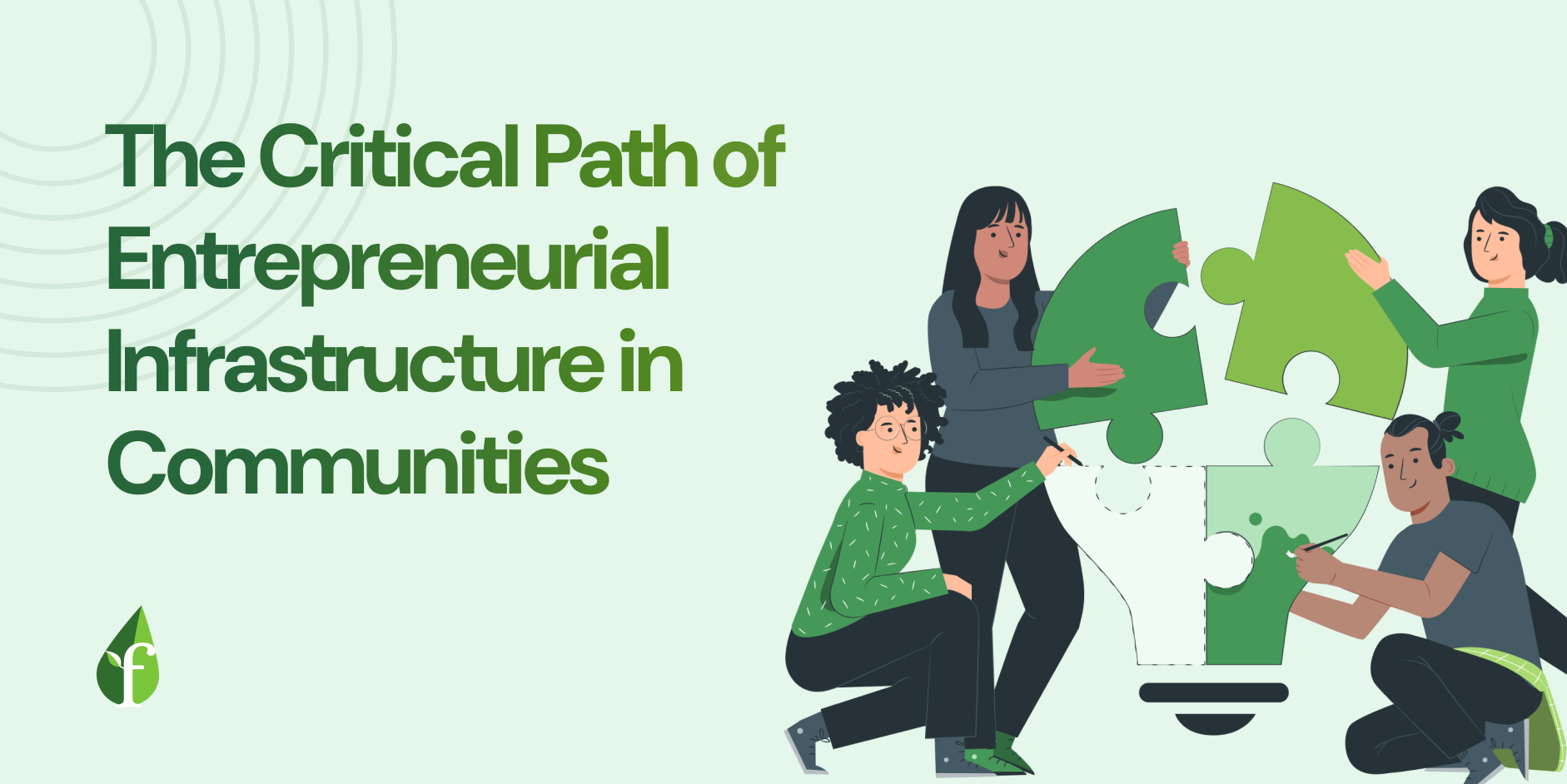
This post was written by Kutlu Kazanci - Co-Founder of WeDecide.net, and Co-Director of the Istanbul Founder Institute. If you would like to meet Kutlu or learn more about the Founder Institute in Turkey, he will be hosting Founder Night Out - a free networking event on Wednesday, November 6.
I met two young entrepreneurs just out of college in the field of event management last week. After telling me of their long, relentless, but fruitless efforts to join or start support organizations for service businesses, one of them popped the burning question:
“Why do VCs and support organizations not care for service businesses?”
My answer revolved around market size, growth, and exits. The VC world has created a risk-return-exit model that works for high-growth technology companies, which service business startups do not fit in. These businesses fall into a void between the VC world and PE world, and are left to SME support services organized by government, and loose networking groups or linkedin groups that, while provide value, do not create the same kind of focus and discipline as an equity-partnership-driven relationship creates.
Paul Graham was kind enough to address the same question in his Startup = Growth essay. A startup is not a company that is just started, but a company designed to grow very fast, in the order of 5-10% per WEEK. To do this, it needs to make something of value to a large audience and be able to reach and serve most of this group, which should be a large market to create this growth to begin with. Focusing on weekly growth as such creates a sharp focus and optimization problem whose successful resoluton is attactive to founders, investors, and potential acquirers. This is, by design and by DNA, a different kind of challenge and focus from a service business. It means if founders are after this, they would need to give up a business model that provides value and growth, but not fast enough, such as 1-2% per week (which translates to 2-3X growth per year, which most service businesses (and private equity) would die for). The end goal, the stakes, and the risk return equations, are all different.
Paul then goes on to answer the question shared by the young entrepreneurs I met last week. Why isn’t there an investment market for high growth service businesses (1-2?% per week)? The question of exit comes to play. Lower growth rates and the limited market of service businesses limit their ability to access IPOs or strategic acquirers (who often need to be scared by tremendous growth to acquire targets). Then how about dividends? Paul’s answer is about trust and governance and incentive alignment. Service business owners and employees are prone to capture most of the value and often leave little to be distributed in terms of dividends. So is this possible?
If we study the stock market, we see most investors and stocks focus on share price appreciation, which avoids the dividend question. But there are dividend-yielding stocks and dividend investors, such a world exists. If we look at the world of project finance, the lenders get first cut from the cash flows before the cash flow cascades to equity holders. A new kind of governance and incentive mechanism is required and I believe it is possible. What I envision is that co-founders and employees earn minimum salaries, and profits are distributed to shareholders and employees to make up for the remainder (and most) of their compensation. It is not as simple as to focus on a single exit event, but i think it should be possible. I believe this will be one of the new frontiers.
To solve the puzzle, we need to solve the company and growth side of the equation as well. Are there and can we have fast-growth service businesses, that grow maybe not 5% per week, but 1-2% per week?Endeavor is a good place to look for examples as they support tech and non-tech high growth businesses. Enova from Mexico designs, builds and operates small, cost-effective educational centers and grew revenue on average by 140% between 2008 and 2011. The Bakery Shop in Egypt, the first bakery to target Egypt’s upper class with fresh bread, croissants, pastries, and sandwiches increased revenue on average by almost ~240% yearly from 2008 to 2011. B-fit from Turkey, a women fitness franchise company, grew above 100% for the last three years. There seems to be a case for this. To read the full article on Endeavor portfolio performance vis-a-vis INC 500, read here: http://share.endeavor.org/pdf/Emerged.pdf.
And is there a risk-return case for this?
Let’s run a back-of-the-envelope experiment. I have a $10M VC fund and invest $1M into 10 high growth technology companies. I assume one returns my money 10x, two 5x, one 1x in 5 years and others go bust. This gives me a IRR of around 25% percent. This is the VC business and an OK scenario, no?
Let’s say I invest $1M into 10 high-growth service businesses with $1M EBITDA each, valued at 5 times ebitda (yes optimistic and simplistic). I structure the deal such that employees and cofounders get minimum salaries. 50% of incremental EBITDA is paid out to shareholders, remainder split between bonuses and investment. Assuming two companies generate 100% growth p.a. over 5 years, 6 companies generate 50% growth p.a., and two go bust, the dividend schedule would generate IRR close to 20%. We probably need to adjust it down for entry multiple as it is hard to buy a high growth business at 5 times EBITDA. On the other hand, if one or two of the high-growth companies is sold, this would increase the returns. Overall, this should generate a lower-risk lower-return portfolio.
Would this fly?
Would the company grow as fast with reduced-retained earnings? Would service companies sustain high growth for 5 years? Would the structure motivate cofounders and employees enough? I think it is worth to experiment on this front. This requires a VC-PE hybrid structure focused on early-stage high growth service businesses.
At the Founder Institute, we help technology startups.
What’s our definition and expectation of technology startups? As the Founder Institute takes equity position in its graduates and is in the game of exits, the focus is on the high growth startups as defined by Graham. Therefore, the Founder Institute does not support service businesses, however, it has a business model with some cost-recovery from sponsors and participant fees which enables it to be more flexible and support bootstrapped startups as well. I would say the Founder Institute supports software and hardware and technology-internet supported businesses with the goal to build a sustainable technology business that grows 3-10% per week.
Looking forward to a fun ride!
The Istanbul Founder Institute is currently accepting applications for the upcoming Winter Semester. If you could benefit from expert training and advice to build a startup in Istanbul, click here to learn more and start your application today.
Like this article?



